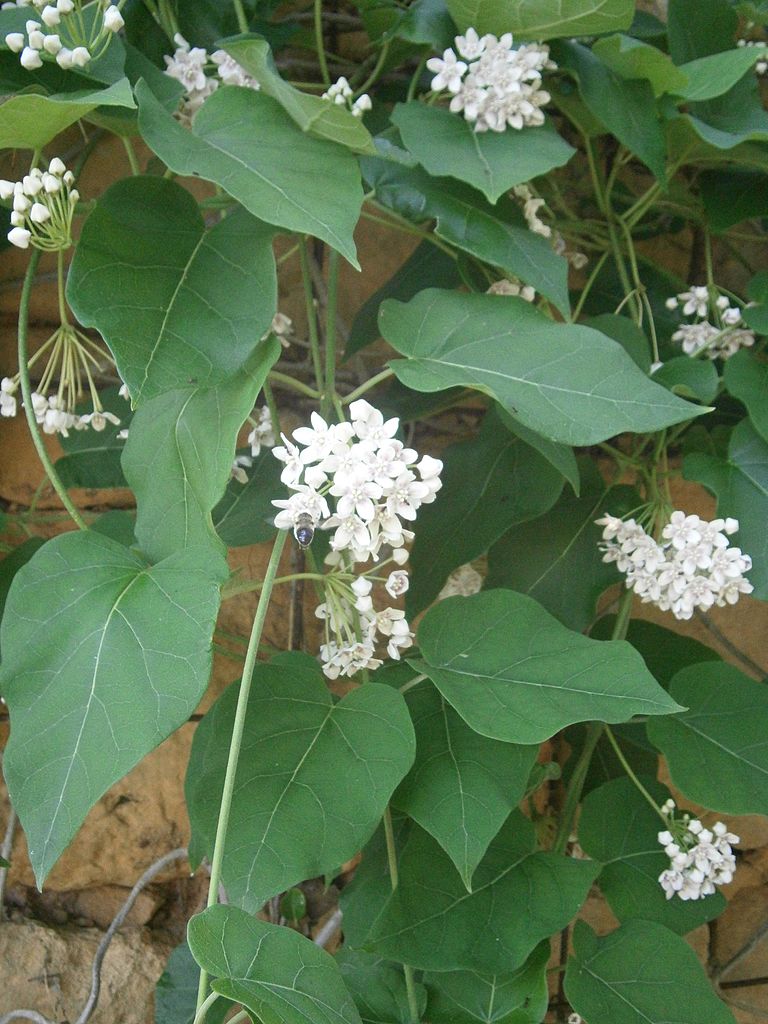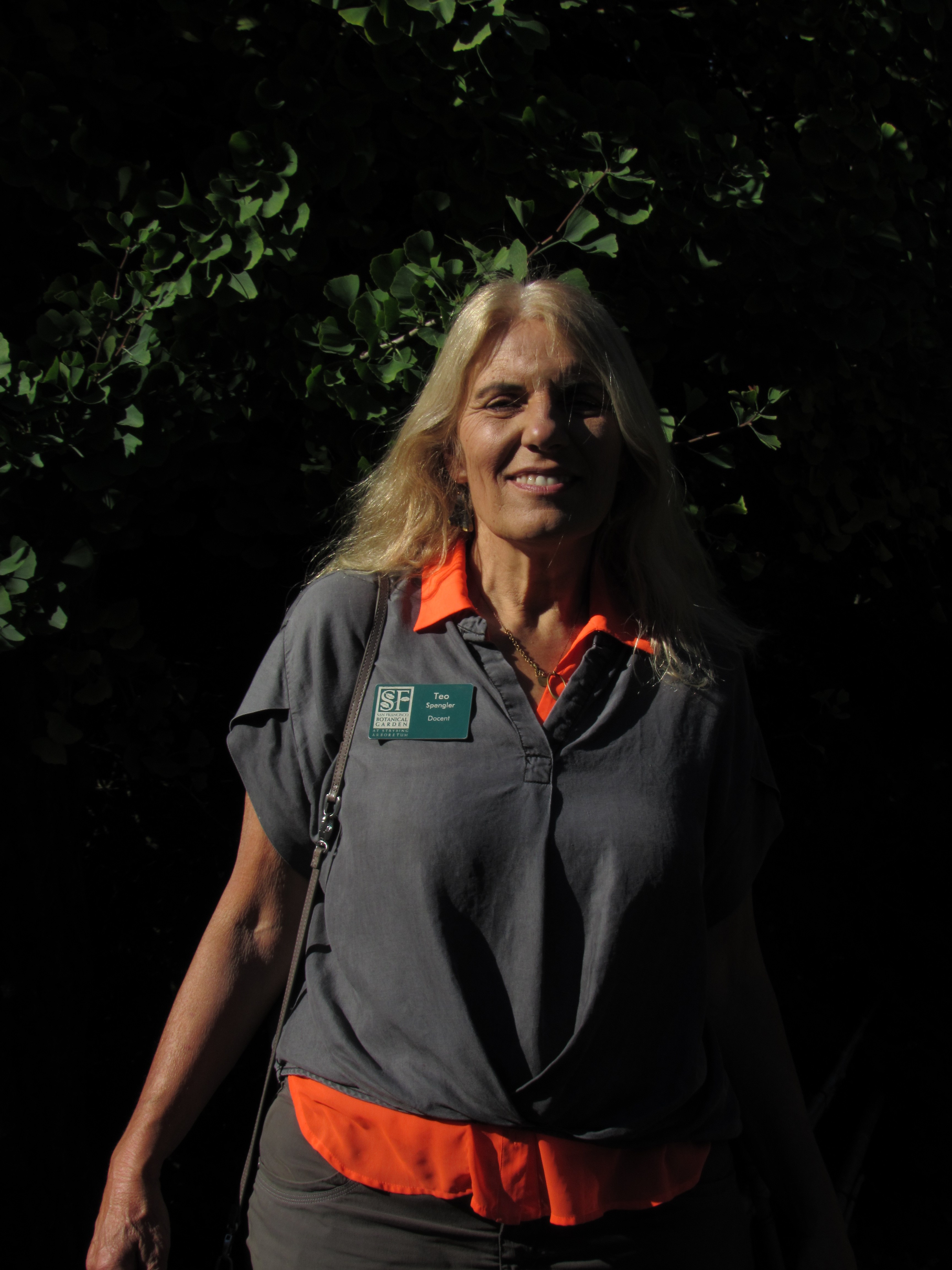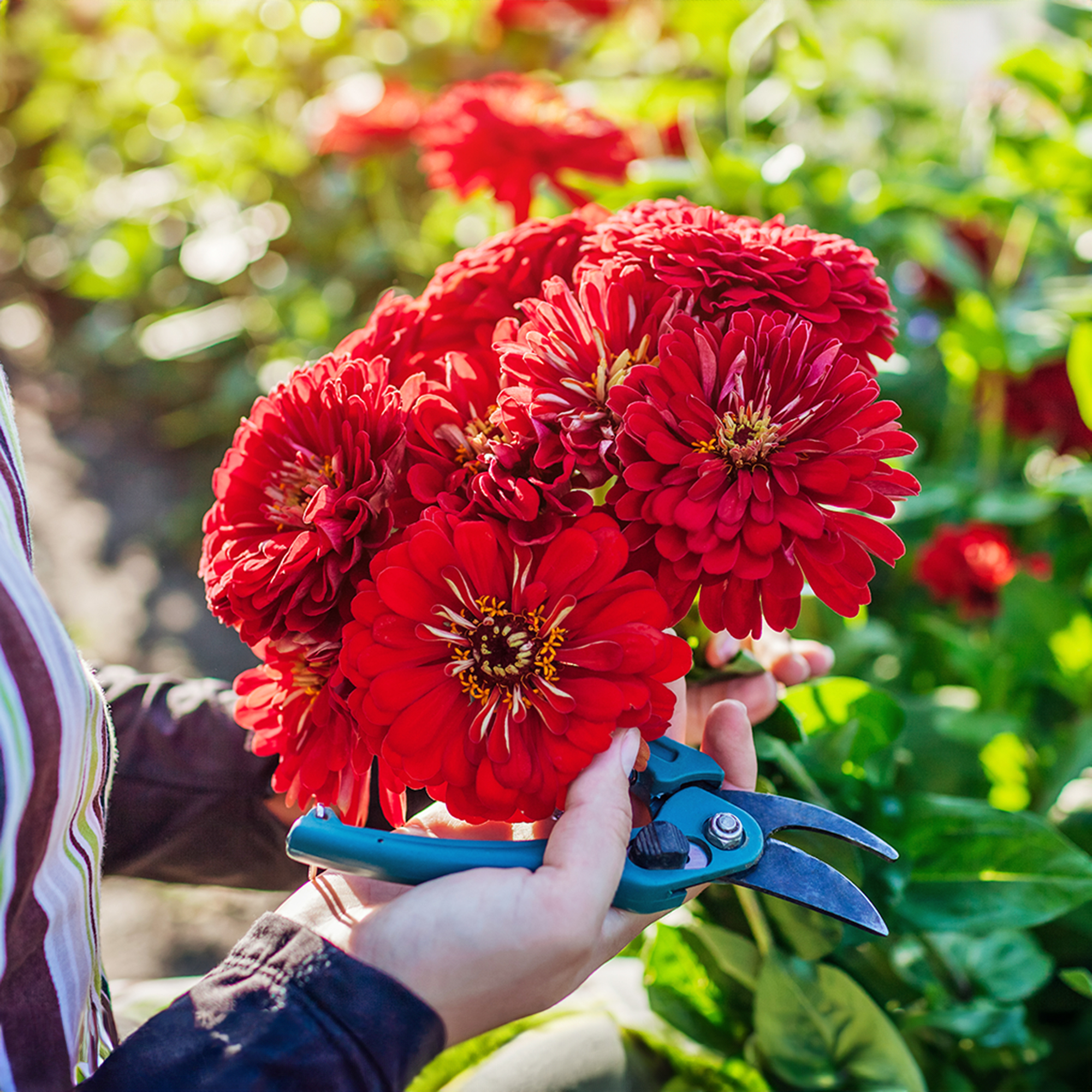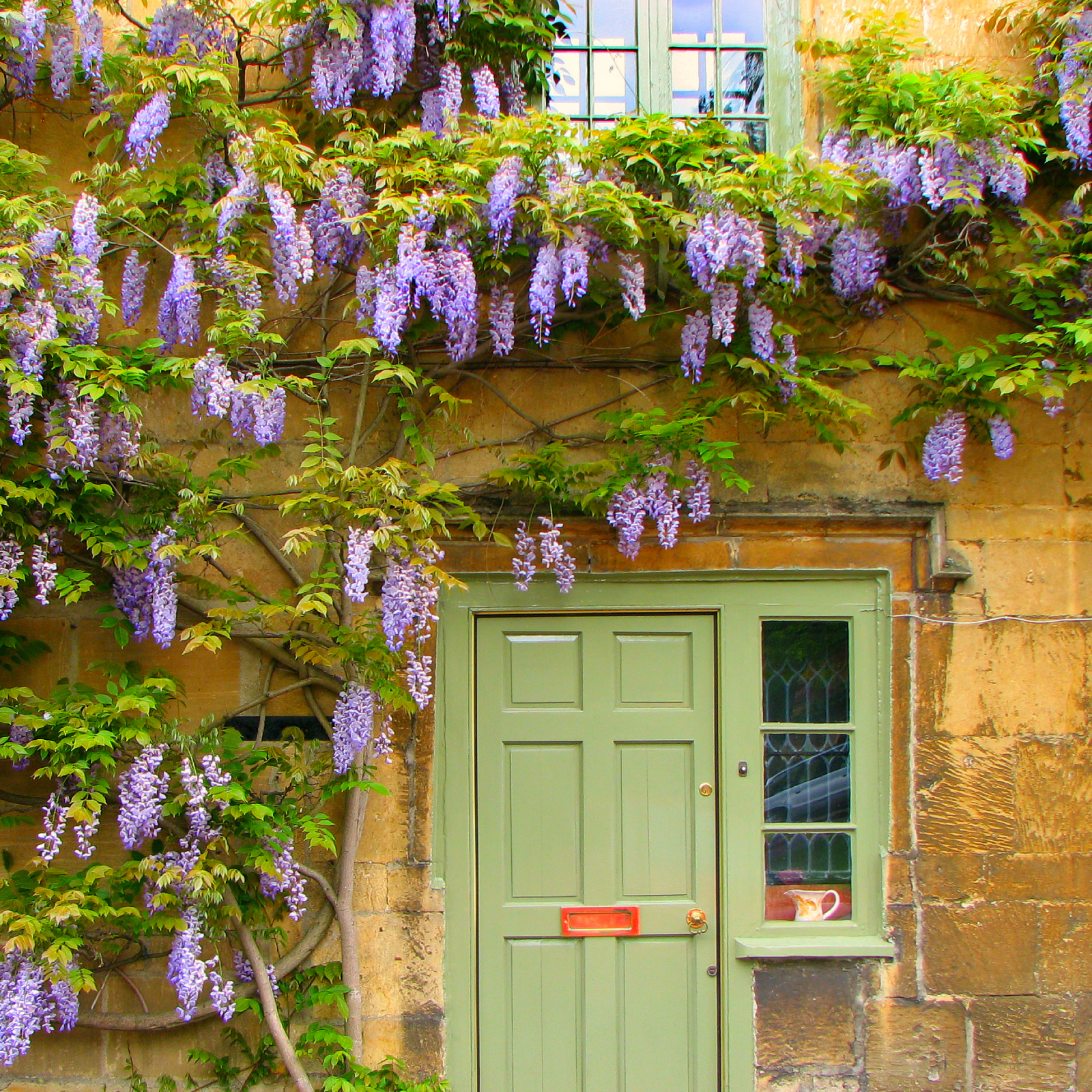Chinese Dregea Information: What Is Chinese Dregea


When you are tired of planting overused garden vines like jasmine, try taking a look at something different, like Chinese dregea plants (Dregea sinensus). What is Chinese dregea? It’s an Asian climbing vine with evergreen foliage and fragrant white flowers. For more Chinese dregea information, read on.
What is Chinese Dregea?
Not everybody has heard of Chinese dregea, which is one more reason to look into planting this attractive and unusual vine. Just don’t be too surprised when the neighbors ask: “What is Chinese dregea?”. Chinese dregea plants are vines that climb by twining. And they are about as romantic as vines can get, with heart-shaped leaves and clusters of sweet-smelling, ivory blossoms that some compare to hoya flowers. The tiny, fragrant flowers, which sometimes have a splash of purple in the center, last from spring or summer through September. No shrinking violets, Chinese dregea plants take center stage in your backyard and increase their presence over time. After a decade in your garden, Chinene dregea vines will have grown to an imposing 10 to 13 feet (3 to 4 m.) high with a spread about equal to the height. The term “hardiness” refers to the temperature range a plant tolerates, especially the low temperatures. If you are thinking of planting and caring for Chinese dregea, you’ll want to keep them out of really cold areas. They are hardy to 19 degrees Fahrenheit (-7 C.).
Caring for Chinese Dregea
Once you have determined that your region matches up with the Chinese dregea hardiness numbers, it’s time to look at Chinese dregea information about planting and nurturing. You’ll be pleased to learn that caring for Chinese dregea is basically easy. These vines tolerate almost any acidity of soil, and will grow in areas with acid, alkaline or neutral pH levels. Plant them in loam, sand, or chalk, as long as it drains well. The plants do best in a warm, but not hot, area of the garden. When you are planting Chinese dregea, try to establish the vine in a sheltered position like a south- or west-facing wall. Also choose a spot that is sheltered from winds.
Gardening tips, videos, info and more delivered right to your inbox!
Sign up for the Gardening Know How newsletter today and receive a free copy of our e-book "How to Grow Delicious Tomatoes".

Teo Spengler is a master gardener and a docent at the San Francisco Botanical Garden, where she hosts public tours. She has studied horticulture and written about nature, trees, plants, and gardening for more than two decades. Her extended family includes some 30 houseplants and hundreds of outdoor plants, including 250 trees, which are her main passion. Spengler currently splits her life between San Francisco and the French Basque Country, though she was raised in Alaska, giving her experience of gardening in a range of climates.
-
 Zinnias On Repeat: 10 Glorious Cut-And-Come-Again Varieties For Endless Summer Bouquets
Zinnias On Repeat: 10 Glorious Cut-And-Come-Again Varieties For Endless Summer BouquetsThese zinnia varieties keep giving all summer, making them the perfect choice for dedicated cutting gardens – or just the occasional homegrown bouquet.
By Ellen Wells
-
 Create A Romantic Garden Straight Out Of Bridgerton: Regency Era Romance In Your Garden
Create A Romantic Garden Straight Out Of Bridgerton: Regency Era Romance In Your GardenTry some romantic garden ideas straight out of Bridgerton. Flowers and gardens in the Regency era were lush and charming and you can get the same look!
By Bonnie L. Grant